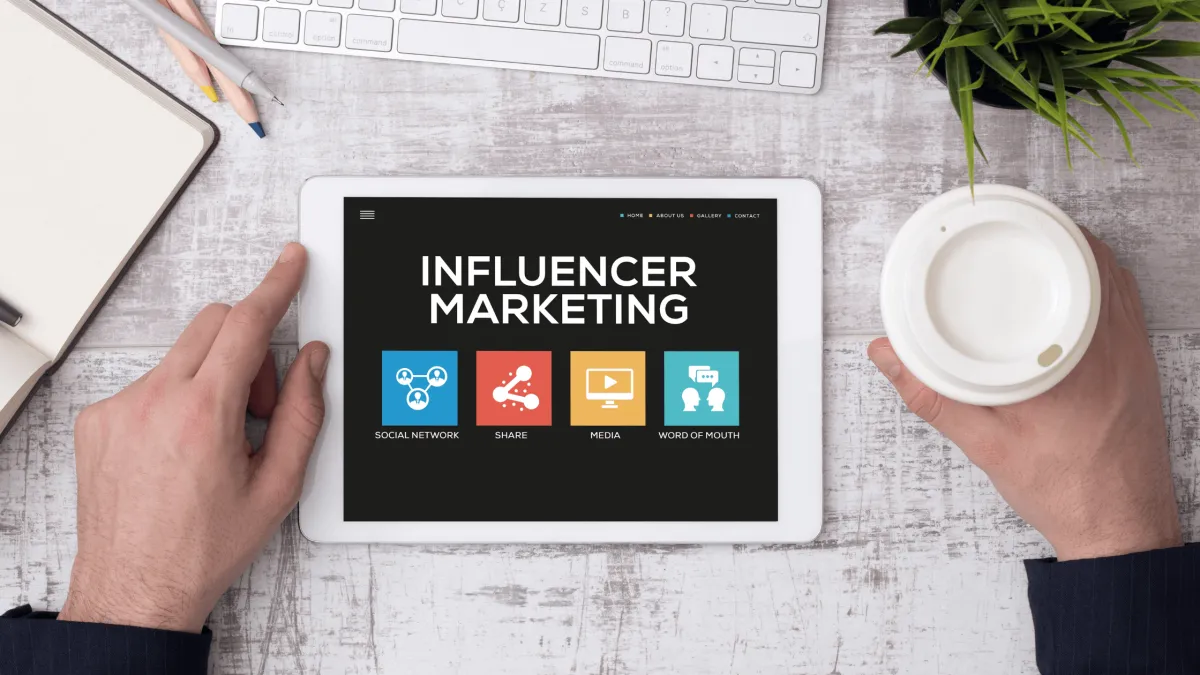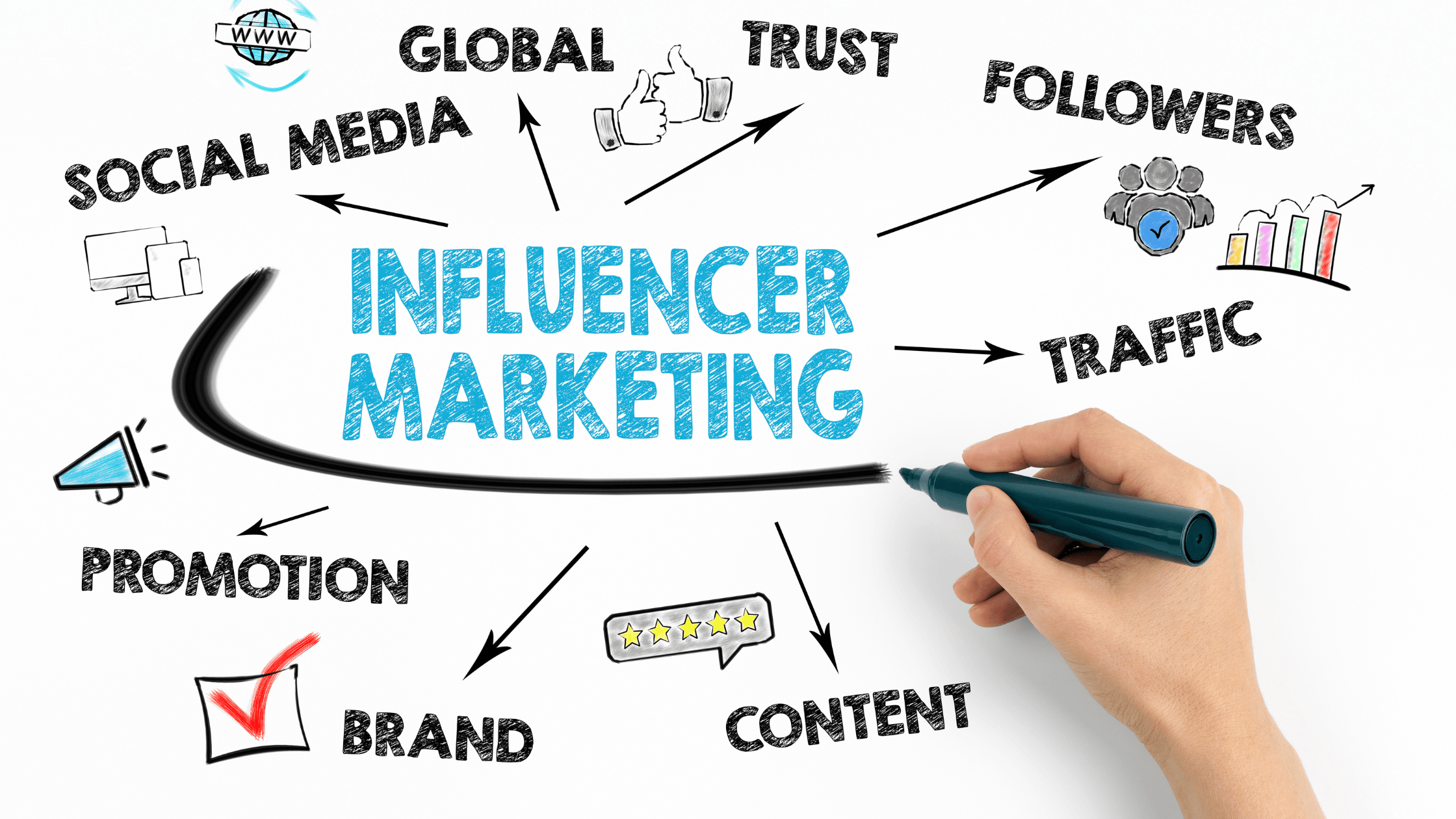
Expanding Your Reach: Leveraging Influencer Marketing for Brand Growth
Building Authentic Connections: The Power of Influencer Partnerships
Introduction
In an era where traditional advertising often falls short of engaging the discerning digital consumer, Influencer Marketing stands as a beacon of innovation and authenticity. This dynamic strategy leverages the influence of digital personalities to forge genuine connections between brands and their audiences. Influencers, armed with loyal followings and the trust of their communities, serve as modern-day heralds, promoting products, services, and brands with a personal touch that resonates deeply with consumers. Leveraging Influencer Marketing for Brand Growth not only offers a pathway to amplify your brand’s message but also to imbue it with credibility and relatable human experiences. As we embark on this comprehensive journey through the world of influencer marketing, we'll uncover how to strategically collaborate with influencers, create campaigns that captivate and convert, and ultimately, transform your brand's digital narrative to foster growth and loyalty.
Understanding Influencer Marketing
Influencer Marketing harnesses the credibility and reach of individuals with a substantial online following to promote products, services, or brands. This approach varies significantly from conventional advertising; it's rooted in authenticity and personal endorsements. Influencers can range from celebrities and industry experts to everyday consumers with a dedicated social following. Understanding the spectrum of influencers—from micro to macro—enables brands to align their marketing efforts with influencers who share their values and speak to their desired audience.
The Benefits of Influencer Marketing
The strategic incorporation of influencer marketing into your digital strategy offers numerous benefits:
Enhanced Brand Visibility: Influencers can introduce your brand to new, engaged audiences.
Trust and Credibility: Recommendations from respected influencers carry weight, building trust among potential customers.
Authentic Engagement: Influencer campaigns often yield higher engagement rates, as content is perceived as more genuine and relatable.
Crafting an Influencer Marketing Strategy
Successful influencer marketing begins with meticulous planning:
Identify Suitable Influencers: Look for influencers whose audience demographics, interests, and values align with your brand.
Set Clear Objectives: Whether it's increasing brand awareness, driving sales, or launching a new product, having specific goals in mind is crucial.
Define KPIs: Establish key performance indicators to measure the success of your influencer collaborations.
Best Practices for Influencer Collaboration
To maximize the impact of your influencer partnerships:
Establish Authentic Connections: Choose influencers who genuinely resonate with your brand.
Collaborate on Content: Work together with influencers to create content that feels natural and engaging.
Transparency is Key: Ensure all sponsored content is clearly disclosed to maintain trust with audiences.
Navigating the Challenges of Influencer Marketing
While influencer marketing is highly effective, it comes with its set of challenges:
Maintaining Authenticity: The perceived authenticity of influencer endorsements can diminish if not handled carefully.
Compliance with Regulations: Adhering to advertising standards and regulations is essential to avoid legal pitfalls.
Measuring the Impact of Influencer Marketing
Evaluating the success of influencer marketing campaigns involves analyzing:
Engagement Rates: Likes, comments, and shares can indicate the level of audience interaction.
Conversion Rates: Track how many consumers take the desired action after influencer endorsements.
ROI: Assess the return on investment to determine the financial efficacy of your influencer marketing efforts.
Future Trends in Influencer Marketing
As the digital landscape evolves, so does influencer marketing. Upcoming trends include a rise in video content, a shift towards longer-term partnerships, and increased emphasis on authenticity and values alignment. Staying abreast of these trends ensures your influencer marketing strategy remains relevant and effective.

Conclusion
As our exploration of Leveraging Influencer Marketing for Brand Growth concludes, it's evident that the landscape of digital marketing is undergoing a profound transformation. Influencer marketing transcends traditional advertising paradigms, offering brands an unparalleled opportunity to engage with audiences through voices they trust and admire. The key to unlocking this potential lies not just in the mechanics of campaign execution but in understanding the essence of human connection that underpins successful influencer collaborations. Authenticity, strategic alignment, and mutual respect form the cornerstone of impactful influencer partnerships that can elevate your brand from mere visibility to meaningful engagement.
Looking ahead, the realm of influencer marketing continues to evolve, with new platforms, shifting consumer preferences, and emerging technologies shaping its future. Staying agile, embracing innovation, and maintaining a commitment to authenticity will be crucial for brands aiming to thrive in this dynamic environment.
For businesses ready to navigate this exciting landscape, Go High Level 360 offers expert guidance and tailored strategies to harness the full power of influencer marketing. Our team is dedicated to crafting bespoke solutions that align with your brand's goals, resonate with your target audience, and drive measurable growth. Embark on a journey with us to transform your brand's presence, captivate your audience, and achieve lasting success in the digital age. Together, let's leverage the transformative power of influencer marketing to write the next chapter in your brand's story.
